
Sediment, water sampling in aquaculture
Simple tools can take water and sediment samples to monitor quality variables in aquaculture ponds. Water surface samples provide limited information, while water column sampling delivers more specific data.
Carp polyculture with other species originally established through government projects has grown in India thanks to the application of advancing technologies and private financial investments.

Simple tools can take water and sediment samples to monitor quality variables in aquaculture ponds. Water surface samples provide limited information, while water column sampling delivers more specific data.

Polyculture production boosts fish and/or shellfish biomass and harvests by maximizing the different feeding habits and habitat preferences of varied culture species.

While the industry faces issues, freshwater prawn farming in Thailand offers a lucrative alternative to other forms of farming on small farms.
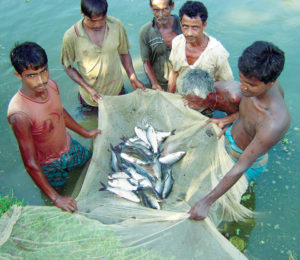
The addition of cheap, fast-growing silver carp to ponds with major carps would allow farmers to sell fish while retaining some for food purposes.

Traditional culture of native carps in Bangladesh has been diversified by the polyculture of introduced carps with tilapia and catfish. Production is becoming increasingly intensive, with an accompanying need for greater feed and other inputs. The culture of Thai pangas has expanded more rapidly than tilapia farming because pangas carry less risk and also provide a quick return.
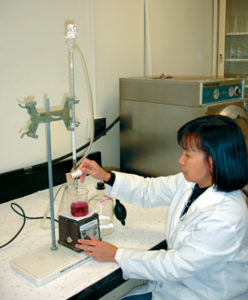
Although pond water samples collected to measure water quality are often held on ice, the values of some common variables in the samples can vary over time.
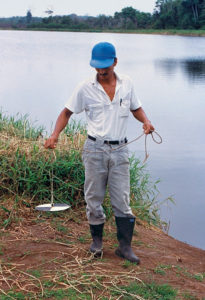
Phytoplankton are essential in intensive aquaculture ponds but an excess can result in shallow thermal stratification.

Although disinfectants kill bacteria, viruses and other organisms, they can also be hazardous to employees, culture animals and the environment.

Recirculating systems and health management schemes should be designed concurrently to maximize their effectiveness.

There are several methods for evaluating water circulation and mixing in aquaculture ponds. Measurements of concentrated salt dispersal can be complex.

Both aquaculture effluents and production costs can be reduced by using stock-specific feeds applied in smaller quantities several times a day.
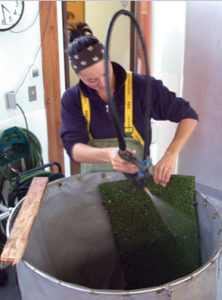
For soft-shell clam spat collection, artificial turf mats laid directly on the substratum can increase settlement of commercial-size clam spat.
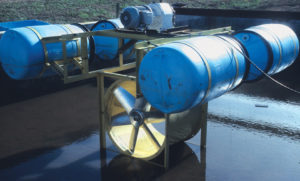
Mechanical water circulation can prevent stratification and provide more dissolved oxygen near pond bottoms. Strong water mixing can also control algae growth.

Pond water level management can reduce overflow volume and ground water use. Implementing BMPs reduces pollutant discharge.

In general, lower-intensity pond and cage farming tends to discharge higher overall pollution loads in farm effluents than closed aquaculture systems.